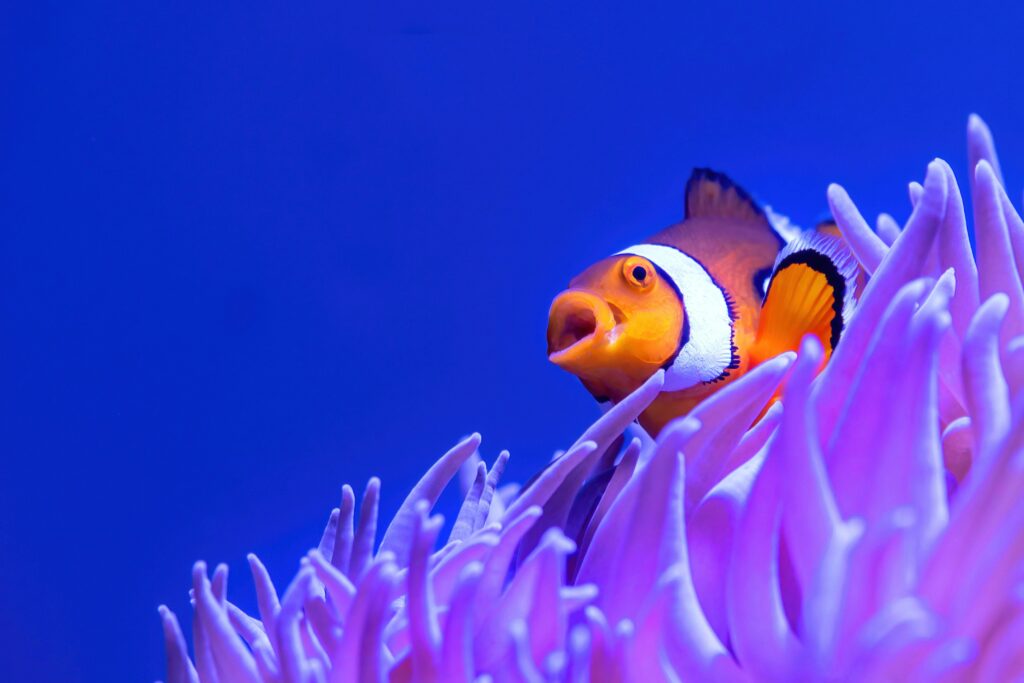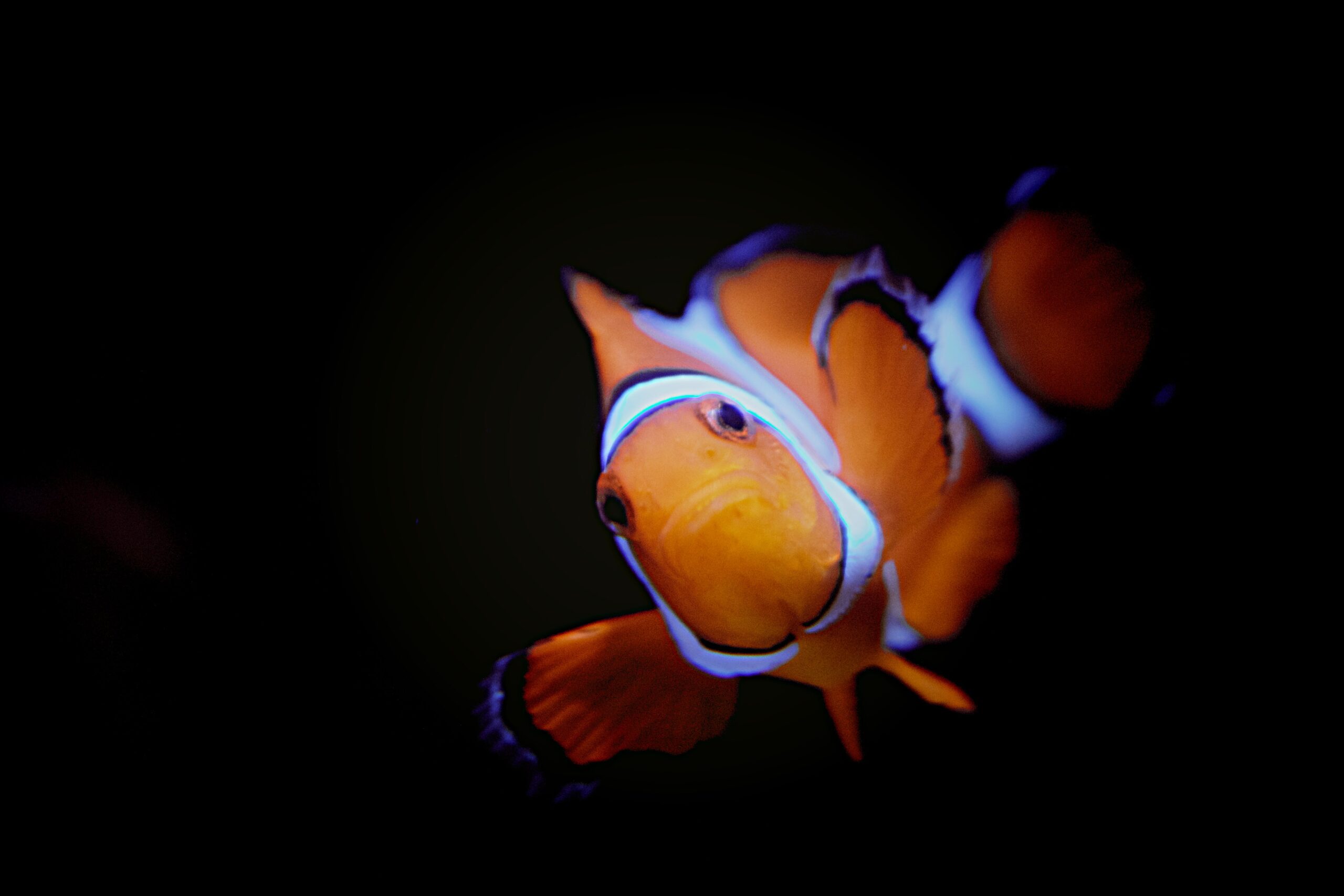A team of researchers from the Marine Eco-Evo-Devo Unit at Okinawa Institute of Science and Technology Graduate University has been delving into the behavior of Amphiphrion ocellaris, commonly known as clown anemonefish. Their recent publication in the journal Experimental Biology proposes an intriguing idea: clown anemonefish might be using the number of vertical white bars on themselves and other anemonefish as a means of species identification.
But what prompts these fish to engage in such behavior?
The answer lies within the complex dynamics of marine ecology.
Focused assertiveness
Clown anemonefish are very territorial.
They’re not like the friendly fish in Finding Nemo. They can be mean, especially the females. They’re in charge and will fight off any intruders, especially other clown anemonefish. They’ll even kick out members of their own group if they get too big.
Scientists wanted to know how these fish recognize each other. They noticed that the fish get more aggressive towards models with vertical white bars, like themselves. They wondered if the fish were counting these bars to figure out who’s who.
They count, but can’t catch plastic discs?
To check if their idea was right, the scientists did two tests. Kina Hayashi, who helped lead the study, ran these tests.
In the first test, they put different kinds of anemonefish with different numbers of white bars into small containers in a big tank. Then, they watched young clown anemonefish to see how they acted towards each kind of fish. If the young fish got aggressive by charging or circling around the other fish, that meant they were being aggressive.
In the second test, the scientists made orange plastic circles with different numbers of white bars painted on them—none, one, two, or three. They watched again to see how the young clown anemonefish reacted to each kind of circle.
They found that the more bars on the fish or the plastic circle, the more the young clown anemonefish got aggressive. Laudet explains, “The fish could tell the difference between a circle with no bars, one bar, two bars, or three bars,” which suggests that they can count.
In this fish community, order reigns supreme

During their experiments, the team noticed something interesting about how these fish interact socially. Even though there wasn’t a big boss fish (alpha female) in the group, the biggest young fish took charge and defended the territory against intruders. Other studies have shown that the social order in these fish communities is based on small differences in size.
In simpler terms, being big matters in the world of clown anemonefish.
However, not everyone agrees that these fish are great at math.
Karen Carleton, a biologist not involved in the study, expressed doubts. “It’s hard to say if these behavior differences are really because of the number of stripes,” Carleton said in an email.
Anemonefish come in lots of colors and patterns. They can be black, orange, or have different patterns on their fins. Carleton added, “They could use any of these colors or patterns to recognize each other. We need more research to be sure if they’re really using stripes, let alone counting them.” The team is planning more experiments to check the fish’s counting skills.
